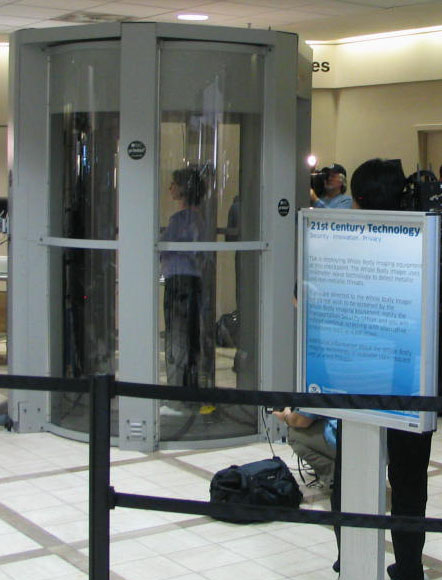Millimeter Wave Technology at a Glance

Millimeter-wave holographic scanning technology has been deployed as a screening option at Los Angeles International airport since April 2008. Nearly 250 millimeter wave devices are now installed in U.S. airports and 600 installed worldwide. Ultimately, TSA plans to deploy about 1,000 body scanners at U.S. airports, about half utilizing millimeter wave technology.
Enlarged View
This page has been moved. If you are not redirected, please update you bookmark to https://www.pnnl.gov/millimeter-wave

